7 Major Factors affecting Infiltration (explained)
Compiled by Stanley Udegbunam ||updated Nov 16, 2020
In today’s article, we’ll be looking at the 7 major factors affecting infiltration.
But before then, Let’s have a quick overview of infiltration.
Afrilcate
Overview of Infiltration
Infiltration is the downward movement of water into the soil.
It occurs when precipitation or surface water penetrates the soil surface.
Infiltration rate is a measure of the rate at which a particular soil is able to absorb rainfall or irrigation.
Infiltration and Infiltration rate are often used interchangeably.
The higher the infiltration rate the faster the infiltration and vice-versa.
The maximum amount of rainwater that can enter a soil in a given time is called the soil’s infiltration capacity.
When this maximum is reached, the soil becomes saturated.
Factors affecting Infiltration
There are various factors affecting infiltration.
The 7 major factors are:
- Precipitation level
- Soil Characteristics
- Vegetative cover
- Slope of land
- Soil saturation
- Evapotranspiration level
- Human activities
DETAILED EXPLANATION OF THE VARIOUS FACTORS
1. Precipitation Level
Among the various factors affecting infiltration, precipitation level is often referred to as the most contributing factor.
Precipitations like rain and snowmelt infiltrate the ground surface to the water bed.
High intensity, duration, and amount of precipitation; will lead to greater infiltration.
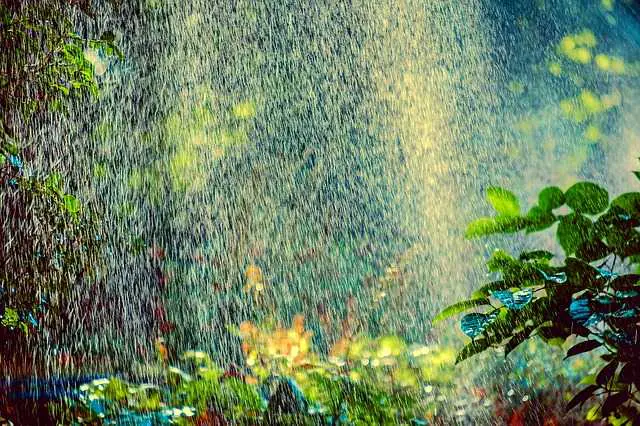
High precipitation – greater infiltration
2. Soil characteristics
The soil characteristics influence capillary forces and adsorption;
The rate of infiltration on the soil surface is largely dependent on the porosity and permeability of the soil profile.
Water infiltrates faster into large pore spaces of coarse subsoils.
For continuity of water percolation, the pore spaces should be interconnected.
This prevents run-off after the initial stage of water adsorption.
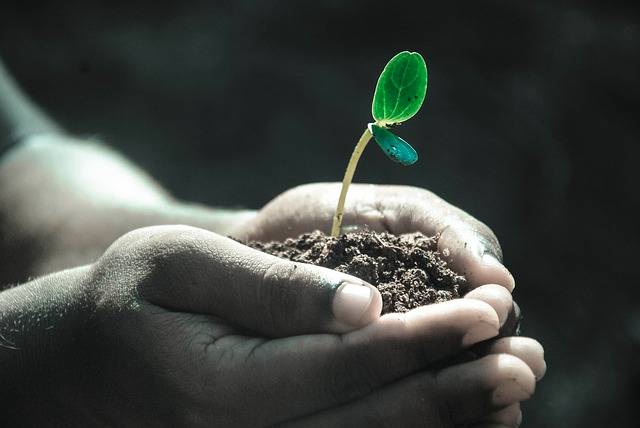
Porosity refers to the amount of empty space or pores within a given material.
While Permeability refers to how connected pore spaces are to one another.
If the material has high permeability then the pore spaces are connected to one another allowing water to completely flow through.
However, if there is low permeability then the pore spaces are isolated and water is trapped within them.
If a soil is both permeable and porous, infiltration rate is increased.
3. Vegetative cover
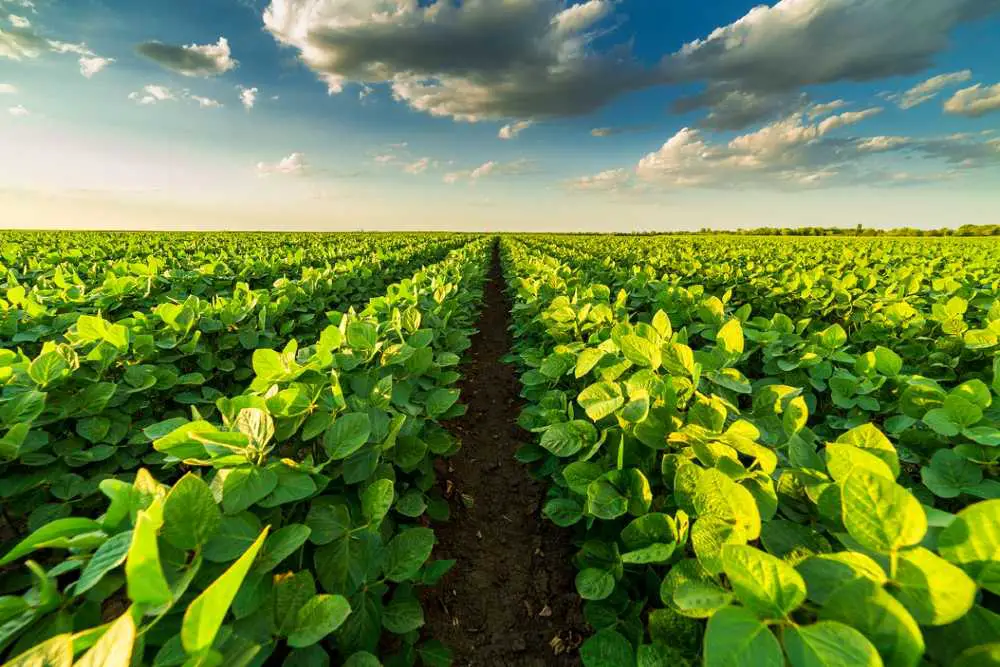
Vegetative cover can either increase or decrease infiltration.
Vegetation coverage protects the soil surface from the impact of raindrops.
Therefore, it will take a longer time before raindrops have direct contact with the soil surface.
The infiltration rate is therefore reduced.
On the other hand, vegetation root system and organic matter crumbles soil structure and improves its permeability.
In this case, the infiltration rate is increased.
Therefore the type of vegetative cover has a role to play in either increasing or decreasing the soils infiltration rates.
4 Slope of the land
Infiltration is faster in areas with flat land surfaces compared to steeply-sloped surface where the water will run off quickly.
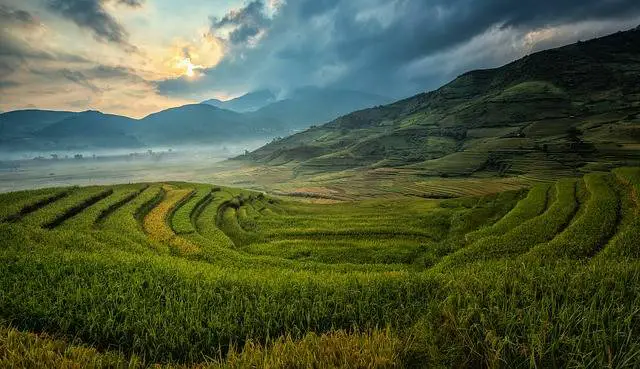
Steeply-sloped surfaces encourage surface water runoff and in critical cases leads to erosion.
5. Soil saturation
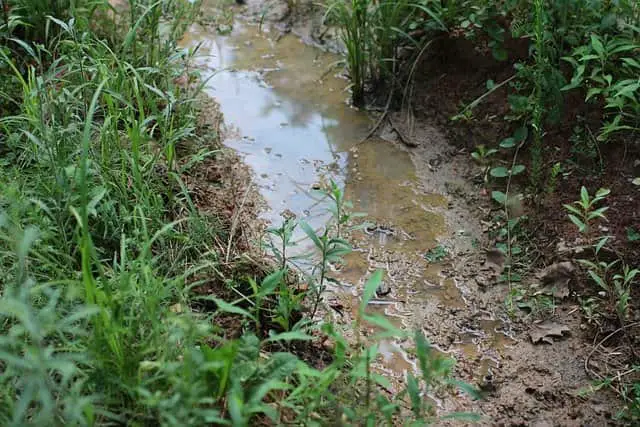
Soil becomes saturated whenever it reaches its infiltration capacity.
Infiltration capacity is the maximum amount of rainwater that can enter a soil at any given time.
Once this maximum level is reached, the excess water will overflow as surface runoff.
6. Evapotranspiration level
Different crops have varying stomata distribution, sizes, internal resistance to water transport.
These independent properties have its effect on the transpiration of crops.
Regions with higher evapotranspiration levels will imply a faster pull of water from the soil surface by crop root through infiltration.

7. Human activities

Prominent in urban setting; soil surface often gets compacted due to road construction, operation of tractors and large farm machineries.
This reduces both the porosity and permeability of the soil leading to a drastic decrease in infiltration rates.
Poor soil management reduces infiltration rate and makes it difficult for water to penetrate the soil.
Would you like to know how best to improve soil infiltration inorder to achieve maximum yield product?
see this article: 5 Best Ways to Improve infiltration rate
Over to You…
There you have it… the 7 major factors affecting infiltration✨.
Despite the fact that these are the main factors, I’m sure there are other minor factors out there.
so I’ll like to hear from you…
Can you think of any other factor affecting infiltration?
Share your thoughts and answers with us in the comment section below.



Soil texture
Topography
Soil structure
Moisture content
Vegetation